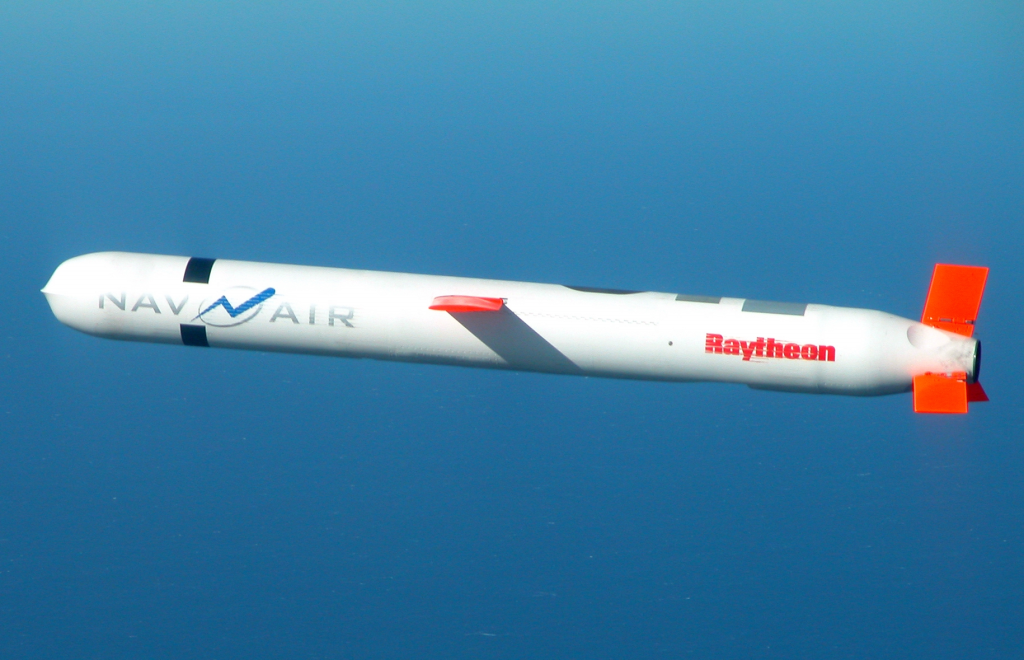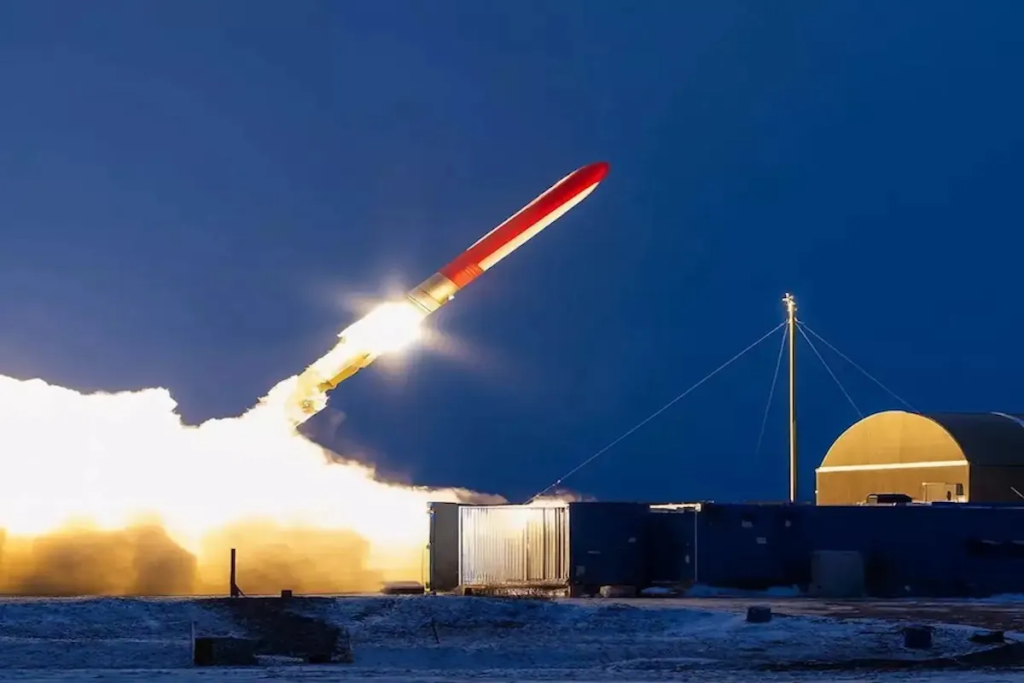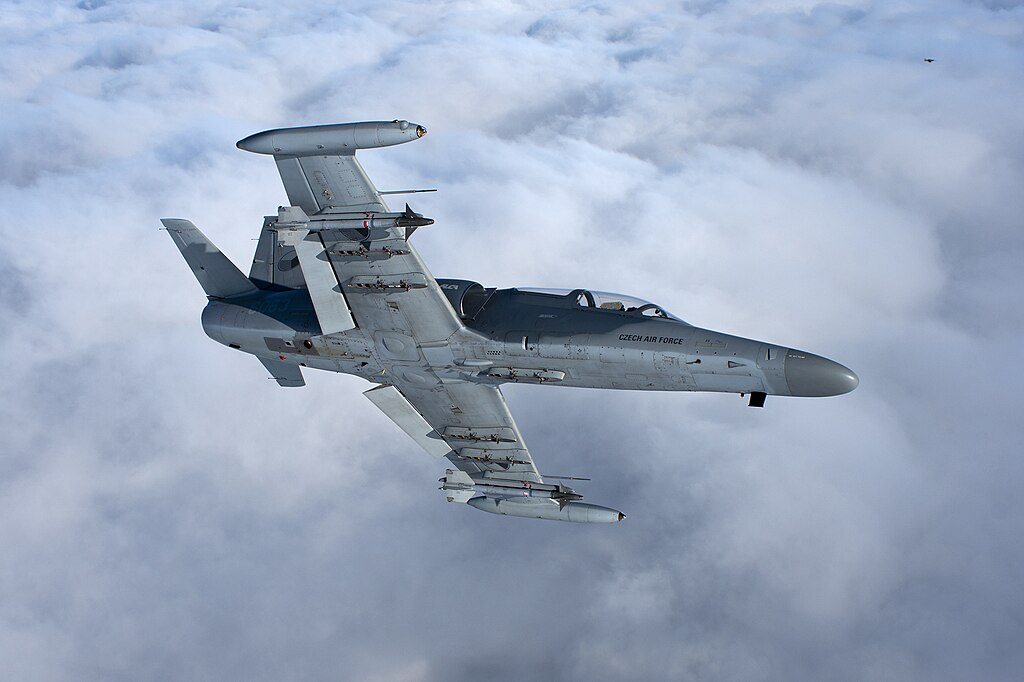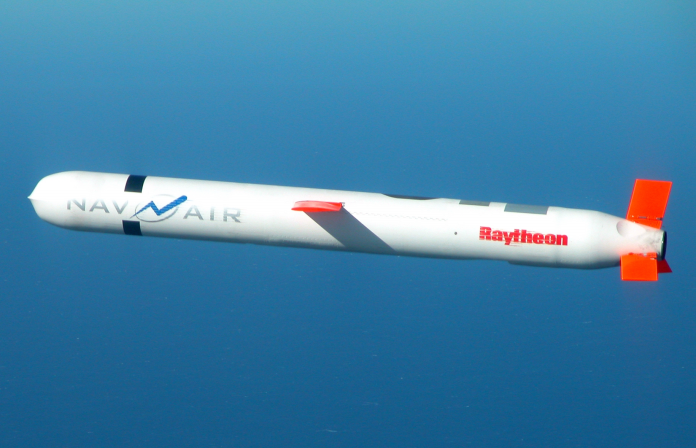
Nuclear-powered cruise missiles were once dismissed as relics of Cold War overreach, dangerous, impractical, and politically toxic. Yet in October 2025, Moscow announced it had flown one halfway around the globe. The announcement was more than a technical boast; it was a calculated geopolitical signal aimed squarely at Washington and its allies.
The Burevestnik, which President Vladimir Putin has touted as a weapon that has “no equal in the West,” revives a concept abandoned decades ago by the United States. It promises near-limitless range and the ability to evade traditional missile defenses, but it also carries immense technical risks and environmental hazards. To defense analysts, the test underlines the junction of engineering ambition, strategic messaging, and the shifting balance in missile technology.
This listicle looks into nine critical dimensions of the Burevestnik program its origins, capabilities, and vulnerabilities against the strategic backdrop for a clear-eyed look at what this missile truly means for military technology and global security.

1. A Long-Range Flight Claim with Strategic Timing
On October 21, 2025, Russian Chief of the General Staff Valery Gerasimov briefed Putin that the Burevestnik had flown 8,700 miles over 15 hours. That timing coincided with Russia’s annual Grom nuclear exercises, amplifying the political message. But while there is no independent verification, framing by the Kremlin suggested the test marked proof of a breakthrough after years of failed trials. To Western officials, it was less a confirmed milestone than a demonstration of resolve.

2. Roots in America’s Abandoned Project Pluto
The Burevestnik’s nuclear propulsion concept is reminiscent of the U.S.’s own SLAM, or Supersonic Low Altitude Missile, program, which was under development in the late 1950s. The Project Pluto nuclear ramjets-essentially engines that heat incoming air via a reactor to produce thrust-were never flown and the project was axed in 1964 due to radioactive exhaust and the rise of ICBMs. As Cold War historian Gregg Herken observed, SLAM would have been a “flying Chernobyl,” a description echoed by critics of Russia’s design.

3. Engineering Complexity and Launch Challenges
Open-source assessments indicate that the Burevestnik uses a conventional booster to reach altitude before switching to nuclear propulsion. This multi-stage sequence adds cost, complexity, and points of failure. As Douglas Barrie of the International Institute for Strategic Studies observed, “Your scientists may hand-craft one in a lab, but can you put it into production?” The need to shield electronics from radiation and manage reactor heat compounds the difficulty.

4. Environmental and Safety Hazards
Past tests have ended in disaster: An August 2019 explosion at the Nyonoksa range killed five Rosatom engineers and caused a radiation spike in Severodvinsk. Norway’s Intelligence Service warned that unarmed tests risk local radioactive emissions, especially if the missile crashes into land or sea. In this respect, the parallels with Project Pluto’s hazards are very marked: any failure could scatter contaminated debris over vast areas.

5. Vulnerability to Detection
Even with its very low flight altitude, detectable radiation does emanate from the Burevestnik’s nuclear reactor. “As soon as they power on that reactor, we’ll know,” said William Alberque of the Pacific Forum. Sensors on orbit could cue such emissions and potentially reveal the missile before launch or early in flight, undermining the platform’s vaunted stealth advantage over hypersonic systems reliant on speed rather than endurance.

6. Subsonic Speed in a Hypersonic Era
The Burevestnik reportedly flies well below the speed of sound, thus making it much slower than modern hypersonic glide vehicles or cruise missiles. In Ukraine, subsonic missiles have been intercepted with increasing success. As Alberque noted, “Now speed and maneuverability are the sine qua non.” Russia and China’s parallel investment in hypersonics puts into sharp relief the divergence of the Burevestnik from the prevailing trends in modern missiles.

7. Strategic Messaging Against U.S. Missile Defense
He has framed the Burevestnik as a means to get around systems such as the proposed Golden Dome missile shield. The Golden Dome is supposed to intercept ballistic, cruise, and hypersonic threats; experts warn it may cause arms races. By demonstrating a low-flying, long-endurance missile, Moscow sends a signal that even the most advanced defenses may have gaps that could be exploited, which of course underlines its deterrent narrative.

8. Political weapon more than battlefield asset
Pavel Podvig from the UN Institute for Disarmament Research labelled the Burevestnik “a political weapon.” Its value lies in negotiation leverage and psychological impact rather than operational deployment. In any real conflict, fixed launch sites could be targeted pre-emptively, and its slow speed would make it vulnerable once detected. That fits with broader patterns in Russian strategic signaling, where claims about the capability of a weapons system serve a diplomatic purpose.

9. Prestige Program Amid Uncertain Utility
The Burevestnik joins Russia’s roster of prestige projects, including hypersonic glide vehicles and nuclear torpedoes. Development accelerated after the U.S. withdrew from the Anti-Ballistic Missile Treaty in 2002, which Putin perceived as threatening Russia’s deterrent. However, at least several decades of experience on both the US and Soviet sides raised questions over a practical advantage from nuclear-powered cruise missiles. The persistence of the program reflects national pride and a desire to project technological parity with Cold War superweapons. The latest test of the Burevestnik is less a revolution in missile warfare than a reminder of that timeless interplay of technology and geopolitics. It revisits a hazardous past concept, this time tuned for modern strategic messaging. If anything, to defense analysts, its significance does not lie in battlefield transformation but how it shapes the dialogue on missile defense, deterrence, and arms control. In that sense, the missile’s most potent payload may well be political, not nuclear.


